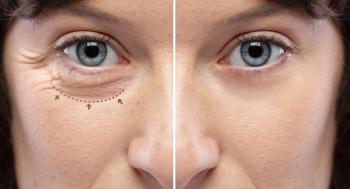
Allergan issues comments about FDA review
The FDA's recent announcement that it is reviewing serious adverse effects, including death, that have occurred following the use of botulinum toxins for the management of juvenile cerebral palsy and other large-muscle, lower-limb spasticities applies primarily to the non-cosmetic formulation of botulinum toxin type A (Botox) rather than the cosmetic version (Botox Cosmetic), Allergan said in a statement.
Irvine, CA-The FDA's recent announcement that it is reviewing serious adverse effects, including death, that have occurred following the use of botulinum toxins for the management of juvenile cerebral palsy and other large-muscle, lower-limb spasticities applies primarily to the non-cosmetic formulation of botulinum toxin type A (Botox) rather than the cosmetic version (Botox Cosmetic), Allergan said in a statement. The company markets both products.
Non-cosmetic botulinum toxin type A is used to treat a variety of medical conditions, such as strabismus and blepharospasm associated with dystonia. It is approved for the treatment of juvenile cerebral palsy in about 60 countries and is used off-label for the indication in the United States, according to Allergan. The cosmetic formulation is approved at different doses by the FDA for the aesthetic treatment of wrinkles between the brows.
The FDA has not said that a causal relationship exists between use of the products and the side effects, the company pointed out.
Approved dosing of the cosmetic formulation is 20 units, the company said, adding that the FDA noted that reported adverse events were associated with doses ranging from 100 to 700 units. "The difference is higher still on a per-kilogram of body weight basis, as this population often involves young and lower-weight patients than the generally healthy adult population seeking a [cosmetic botulinum toxin type A] treatment," Allergan said.
Newsletter
Don’t miss out—get Ophthalmology Times updates on the latest clinical advancements and expert interviews, straight to your inbox.









































